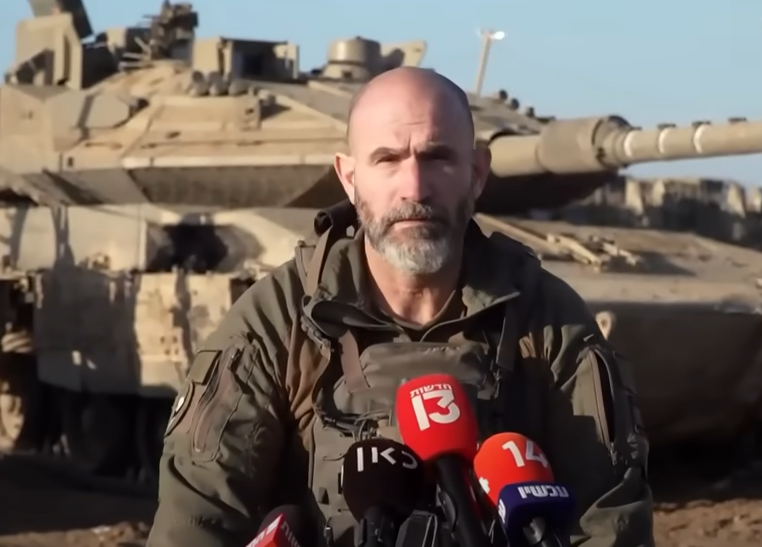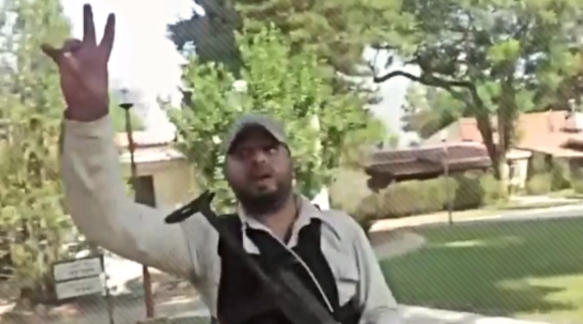During Obama’s presidency, more people were killed in war than under Bush, who conducted two long wars overseas. The internal logic of the use of force proves itself once again

The speech made by President Obama when he accepted the Nobel Peace Prize appears to be his most optimistic and utopian. “For all the cruelty and hardship of our world, we are not mere prisoners of fate,” declared the newly elected president in Oslo in 2009. “Our actions matter, and can bend history in the direction of justice.”
Thus began the presidency of Barack Obama, the savior elected to end the wars in Iraq and Afghanistan, rid the world of conflict, and lead humanity towards a future of cooperation, brotherhood, and global responsibility. The Nobel Prize committee waxed poetic: “Only very rarely has a person to the same extent as Obama captured the world’s attention and given its people hope for a better future.”
Seven years on, we can now examine the extent of the president’s success. The immediate change in U.S. foreign policy in 2008, from an interventionist approach and a U.S. role as the world’s policeman under President George W. Bush, to Obama’s appeasing approach of “leading from behind,” provides us with an instructive comparison.
One of the best means of comparison is provided by the database of the Department of Peace and Conflict Research at Uppsala University in Sweden, which includes a comprehensive list of wars and conflicts worldwide using data collected since 1989. Included among the many statistics and breakdowns of data on global military and semi-military conflicts is a detailed list of global battle-related deaths, which provides us with an excellent snapshot of the state and wellbeing of the world.
The data includes all those killed as a direct result of military operations, including civilians killed by bombardments, civilians killed in crossfire, and so on. It does not include indirect deaths from criminality, diseases, malnutrition, and other such causes. The researchers used a conservative methodology for counting those killed, and in many cases they present “low estimates,” “high estimates,” and “best estimates.” In the figures presented below, I used the best estimate. A final comment: The database goes up to 2014, and I have filled in 2015 and early 2016 using other sources.
Disturbing Data
From a global perspective, what is especially noteworthy is the drastic change that has occurred since Obama became president. From 2001-2008, there were 159,121 deaths recorded as a direct result of wars, including the U.S. invasions of Iraq and Afghanistan. Now, even using statistics only up to 2014, we notice a jump in Obama’s presidency of some 80 percent in the number of overall deaths: 286,204.
Moreover, when we add only Syria and Iraq in 2015 – with more than 75,000 killed – there is a jump of 227 percent compared to Bush. When data from 2016 and additional conflict zones would becomes available, it is not unlikely that Obama would finish his presidency with numbers similar to those of another appeaser, Bill Clinton, at 400,275 deaths.
The region that has suffered the most under Obama is the Middle East. During the entire decade from 1991 to 2000, 49,853 deaths were recorded in wars in the region. This includes the First Gulf War, a conflict between Turkey and the Kurdish underground, and a long list of “small” conflicts, including the blood-soaked years of the Oslo Accords in Israel. However, in the eight years from 2001 to 2008, during which the United States invaded Iraq a second time and fought Sunni and Shiite insurgencies in the country, the number of deaths was remarkably low at 28,724.
Then came Obama, and almost immediately the trend shifted again. Obama abandoned the war on terror and declared his intention to withdraw U.S. troops from the region. The result was that some 148,110 deaths were recorded in the Middle East through the end of 2014. When we add the figures for 2015 and early 2016 from other sources, the number jumps to 243,000 deaths. This is a shocking comparison indeed: from Bush to Obama we see an increase of 846 percent in Middle East direct war deaths .
Another instructive case study in realism comes from Afghanistan. In that war-torn country, in the last decade of the twentieth century, 47,931 people were killed in the fighting. Over the next eight years—during which the United States invaded the country, toppled the Taliban government, and hunted down terrorists and al-Qaeda members—many fewer people, only 23,944, were killed. But with the election of Obama, who declared his intention to end the war, the number of victims more than doubled: 50,057 dead, and with the addition of the 2015 figures, 63,057.
Yet another case study comes from examining acts of Islamic terrorism around the world. According to The Religion of Peace project, which has collected data on Islamic terror attacks around the world since 2001, during the Bush presidency there were 12,760 terrorist attacks, with 70,970 killed and 108,718 wounded. By contrast, during Obama’s presidency (whose eighth year has not yet ended), there were 17,645 attacks, 119,996 deaths, and 160,152 wounded around the world. If we assume that the numbers for 2016 will be similar to those for 2015, we can say that during the Obama presidency, there was a doubling of Islamic terrorist attacks worldwide.
The Global Demand for a U.S. Role as the World’s Policeman
From a review of these statistics, the conclusion is clear: When the United States is not shy of using force globally, the world becomes a safer and more stable place than when the most liberal superpower in history withdraws, appeases, and “leads from behind.” In the past seven years, the laws of power in international relations have repeatedly taught their realist lesson: When there is no powerful and determined global policeman, violent and dangerous forces grow stronger.
As a result of the vacuum created by the United States, anarchists and Jihadists have turned the Middle East into a nightmare for its people. In the absence of U.S. enforcement of humane laws and order, the world is sliding into chaos, which is already seeping into the heart of Europe and creeping to the United States. Obama was correct in saying that our actions have consequences, and they certainly can “bend history;” yet it is not justice that his appeasment yielded, but the exact opposite.
This, of course, is the paradox of appeasement: good intentions and a desire to get along do not necessarily produce good will and conciliation from the other side. The world is full of negative and chaotic forces, to whom dreamy visions of global cooperation and bridge-building mean nothing, and who view moderation as weakness and restraint as impotence.
In contrast, the use of force has its own logic: it is precisely a strong and determined military force, ready for action at any time, in any place, which creates the conditions for the growth of good will for cooperation and mutual respect, or at the very least—fear and caution in the use of violence.
So please, America, stop leading from behind in speeches and negotiations with the forces of darkness, and take up the horse’s reins with the Smith and Wesson. Now, more than ever, the world needs a sheriff.




